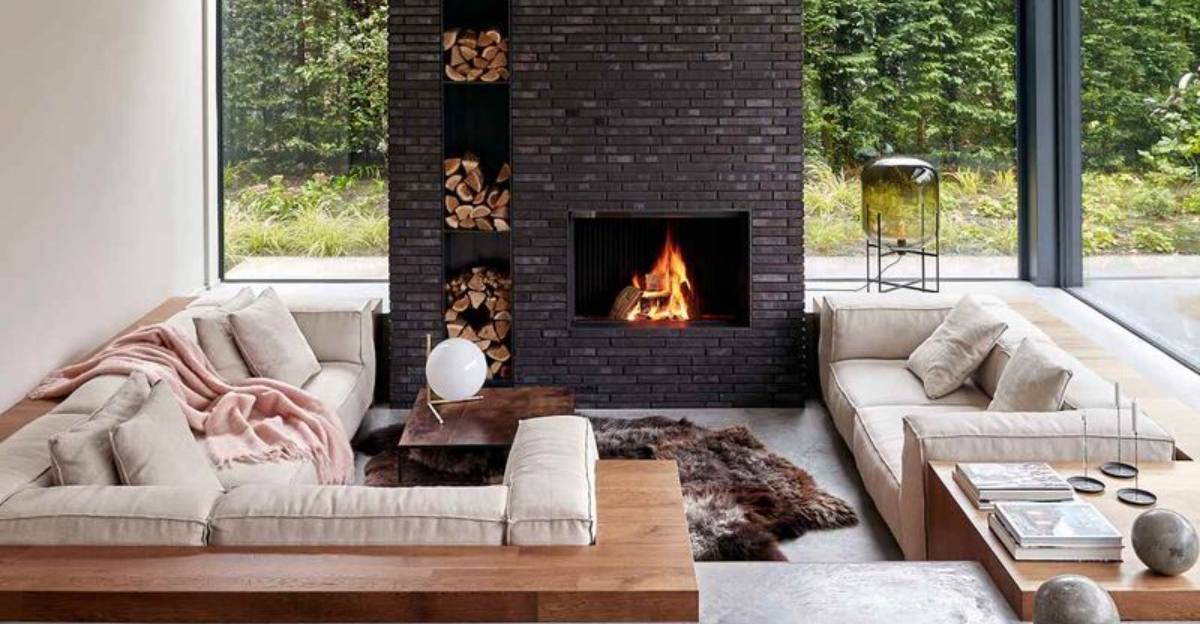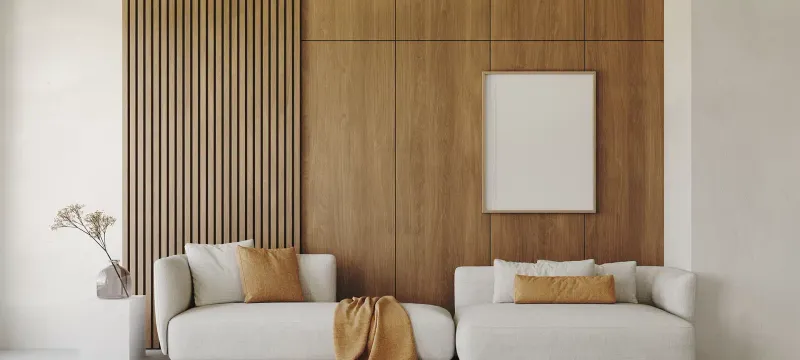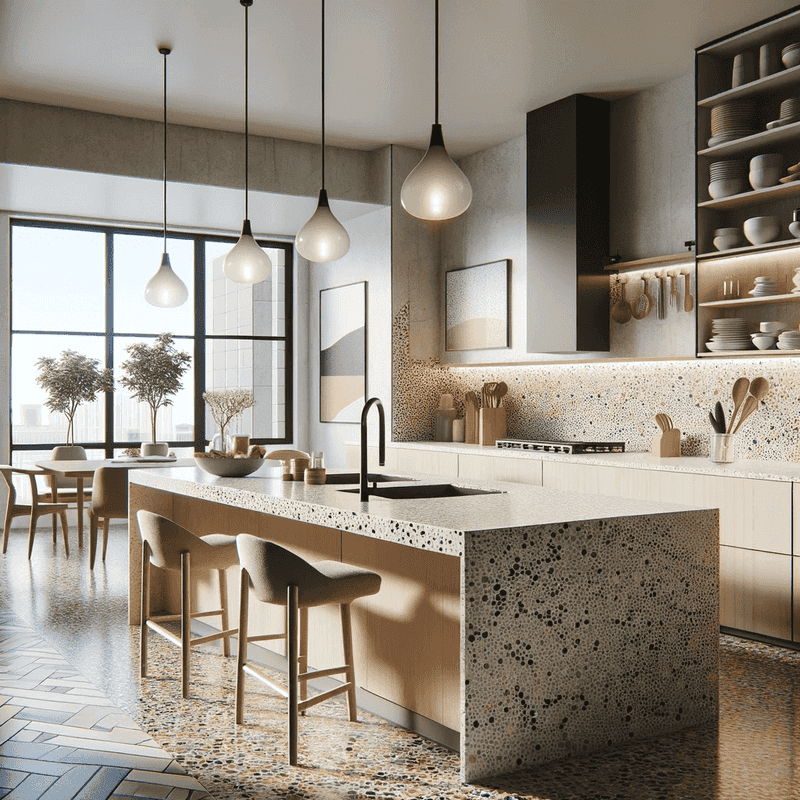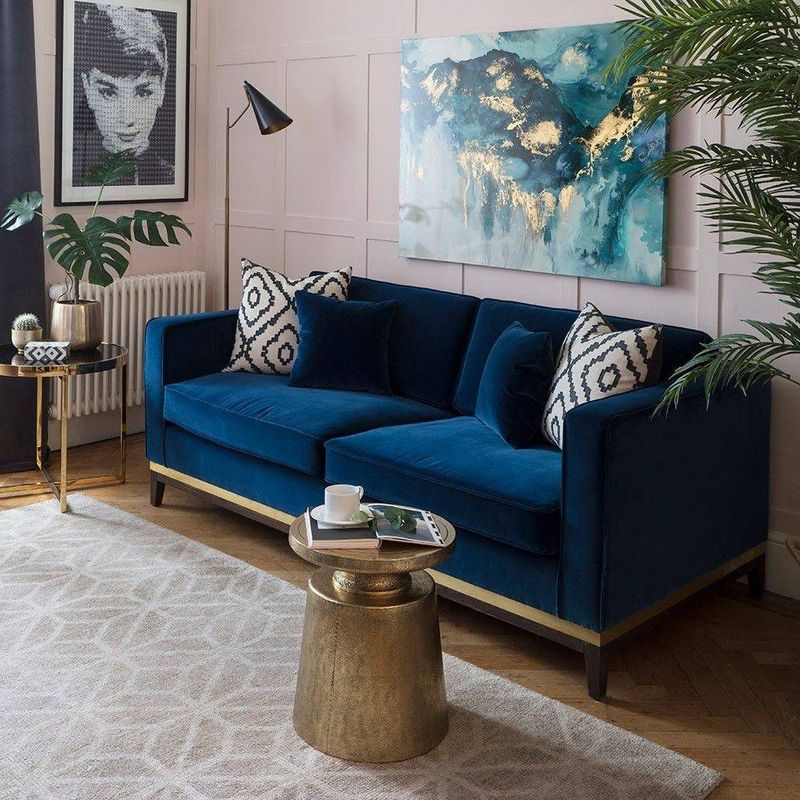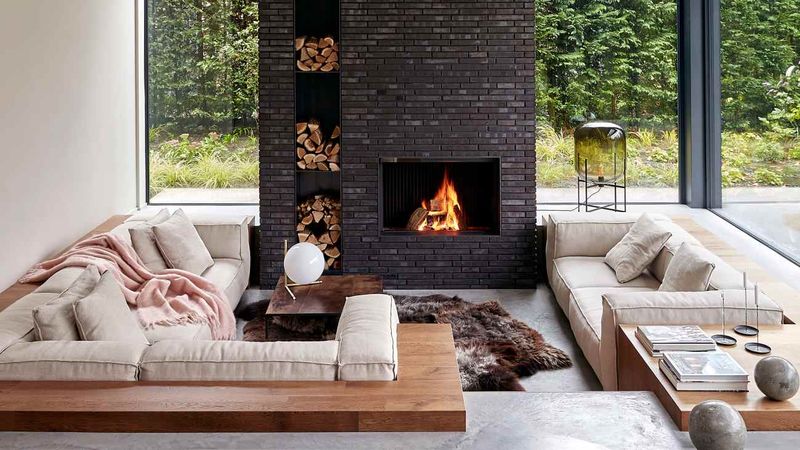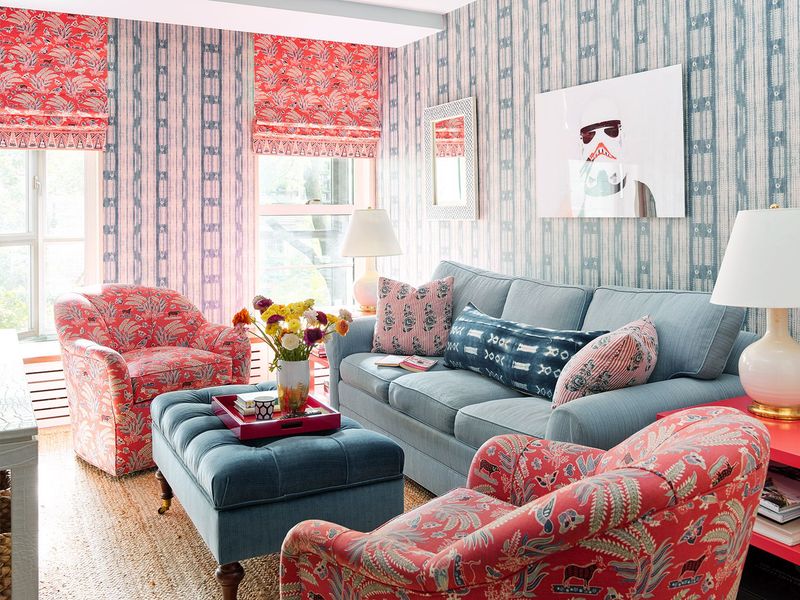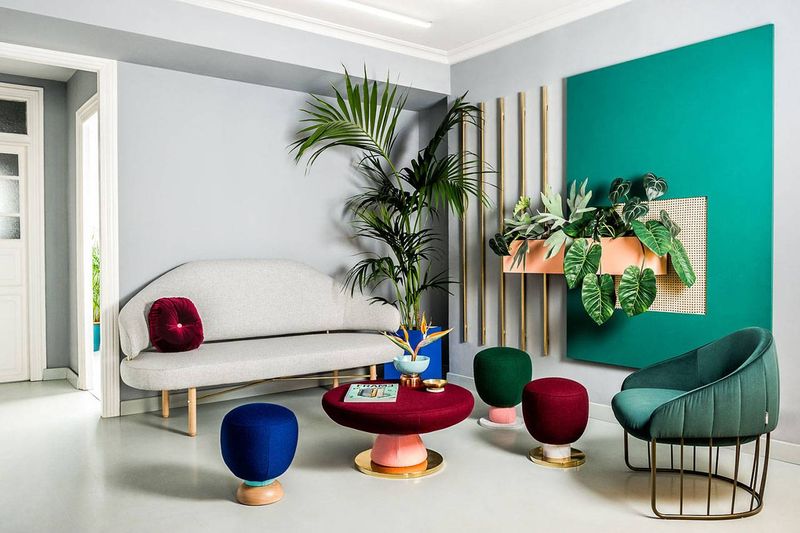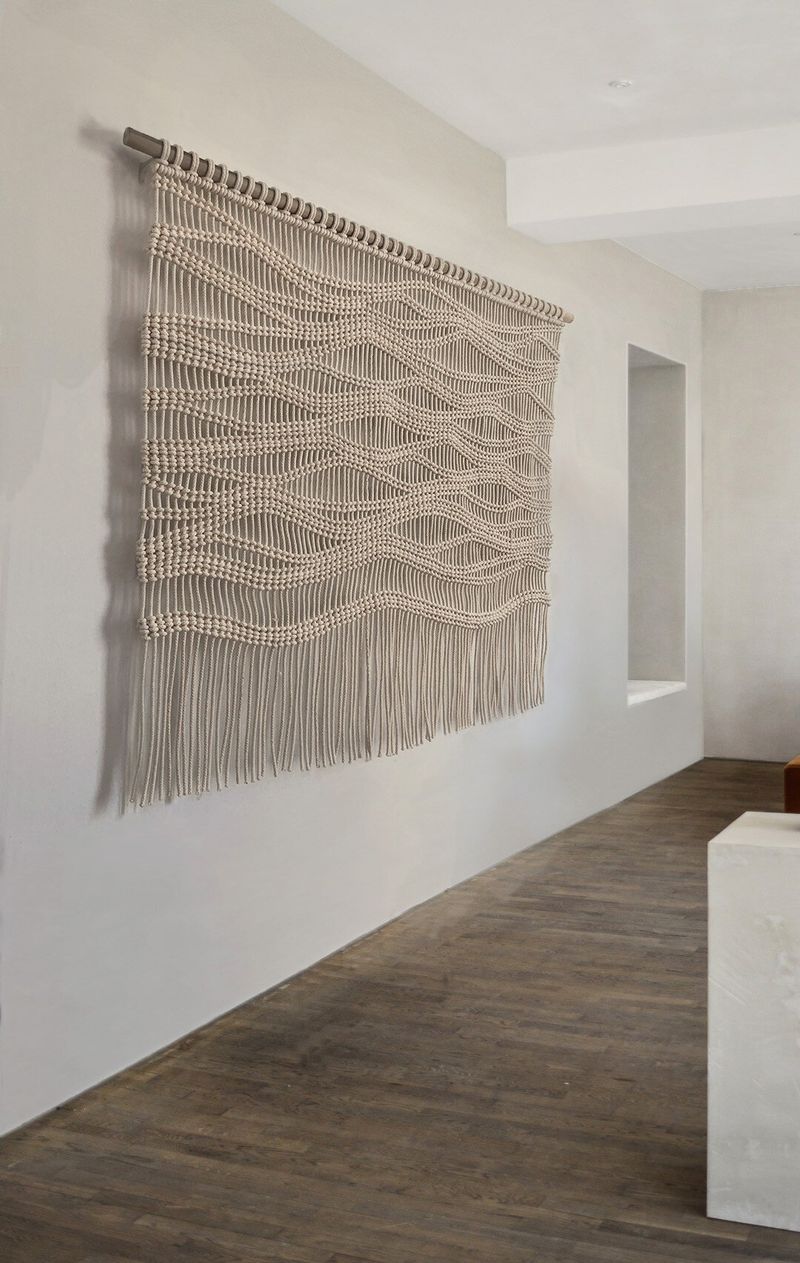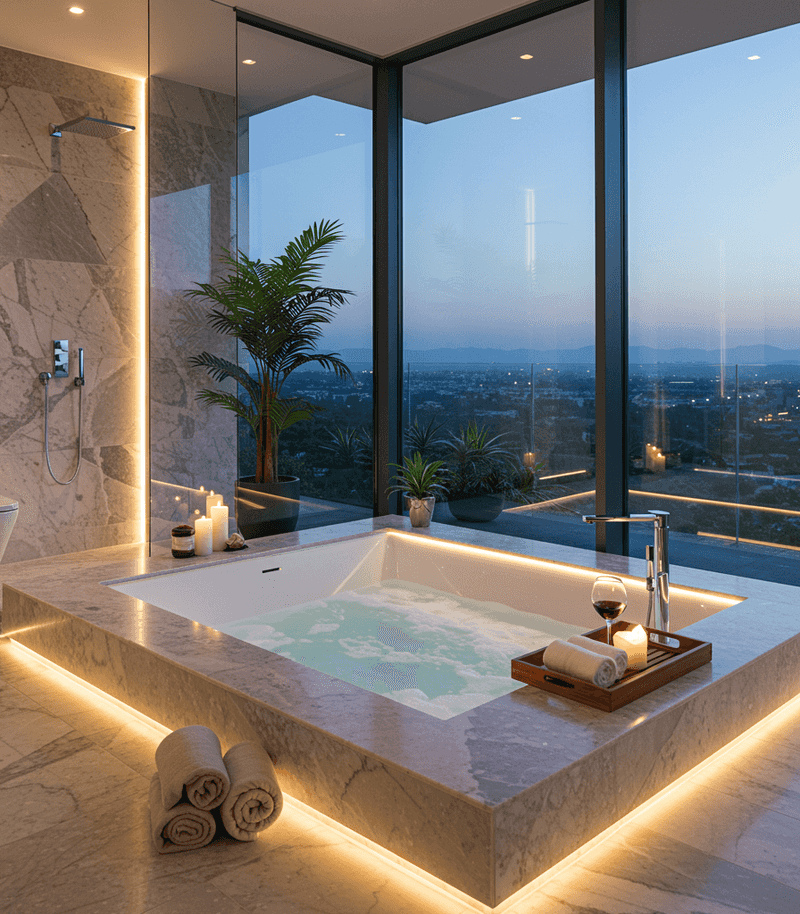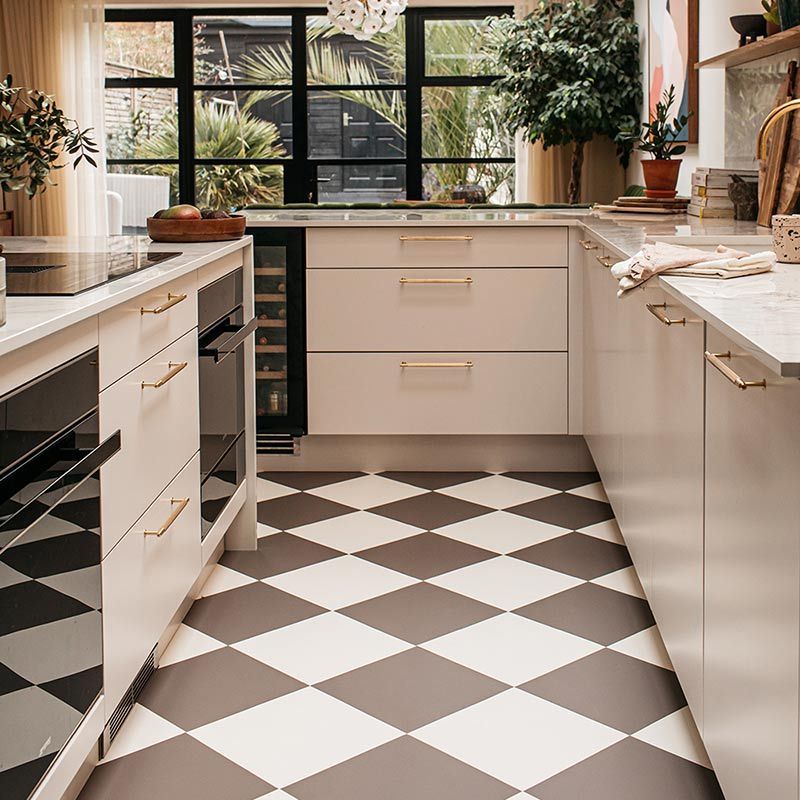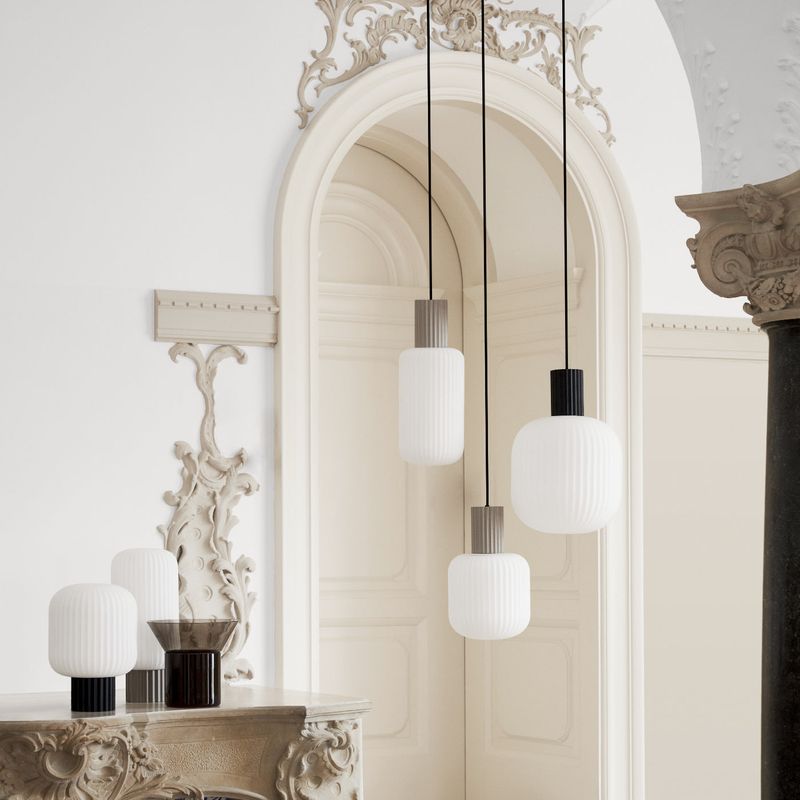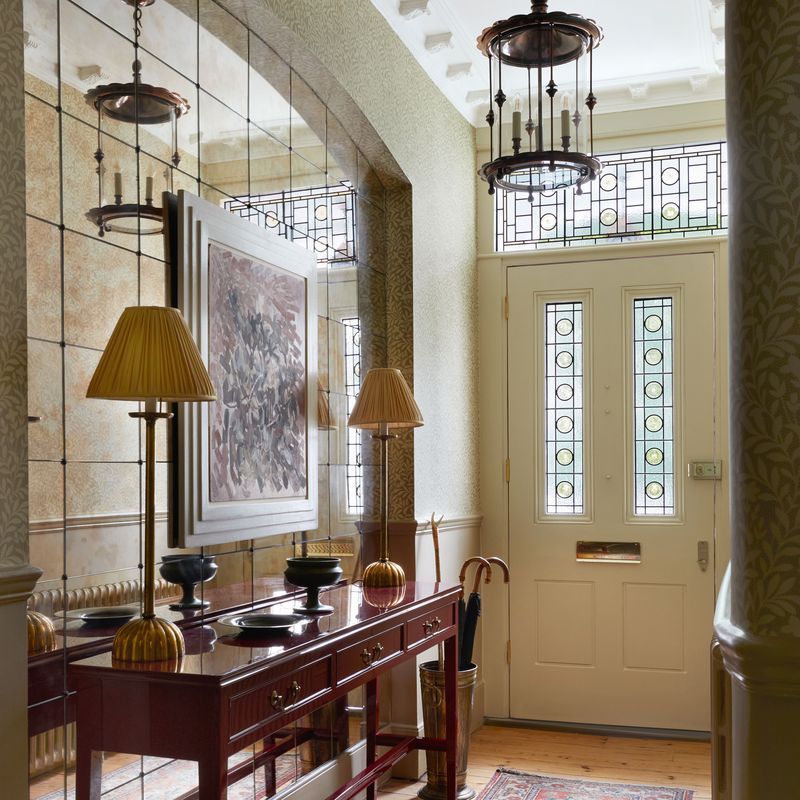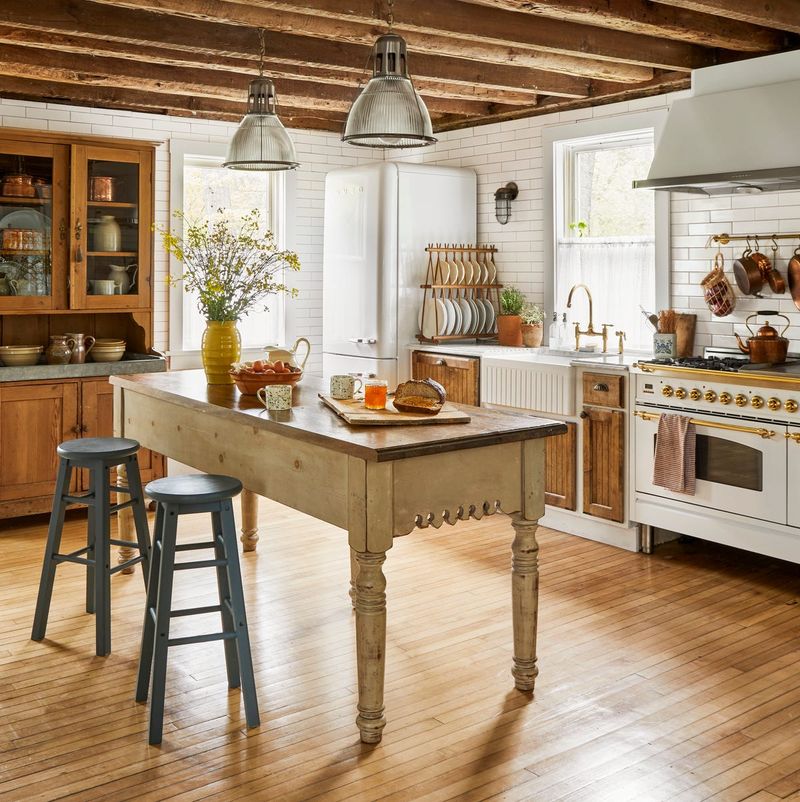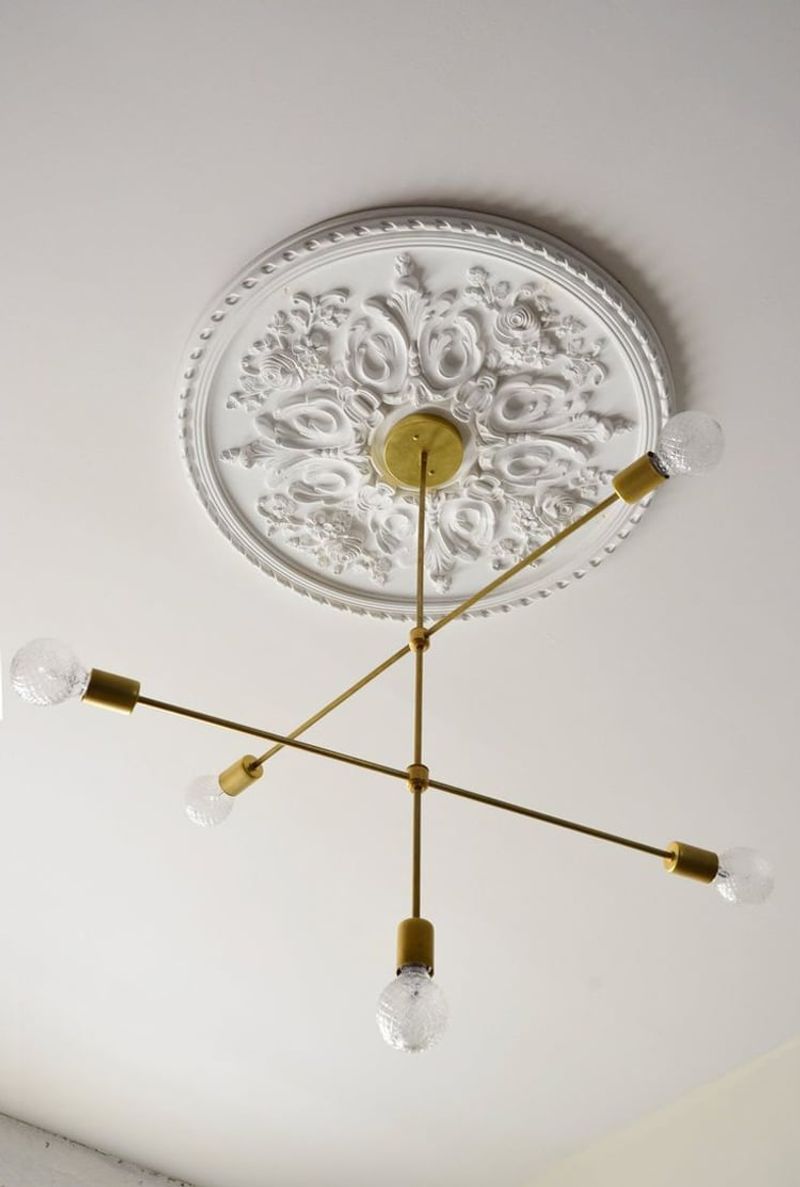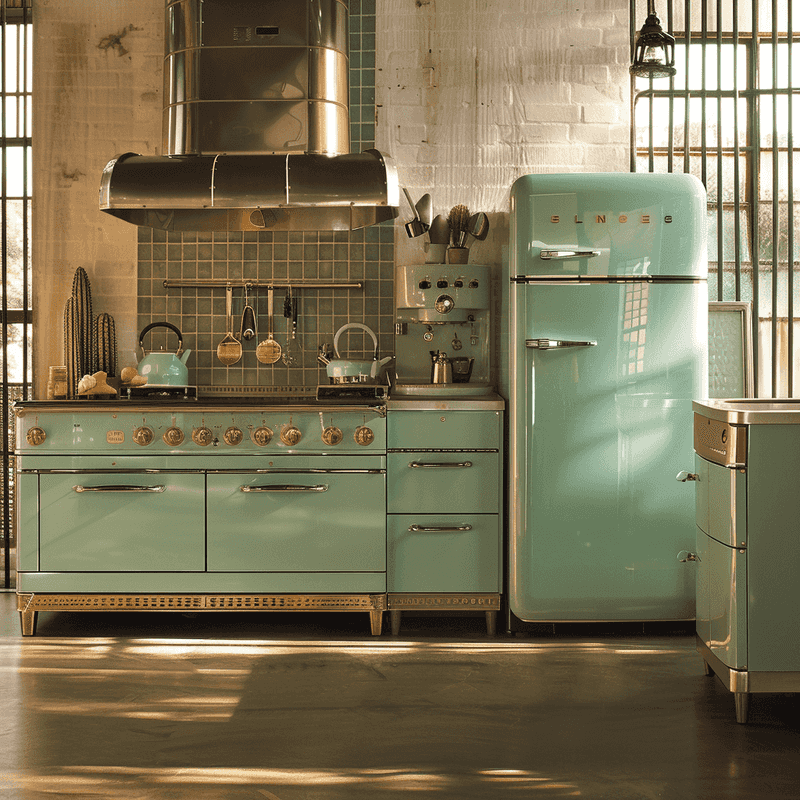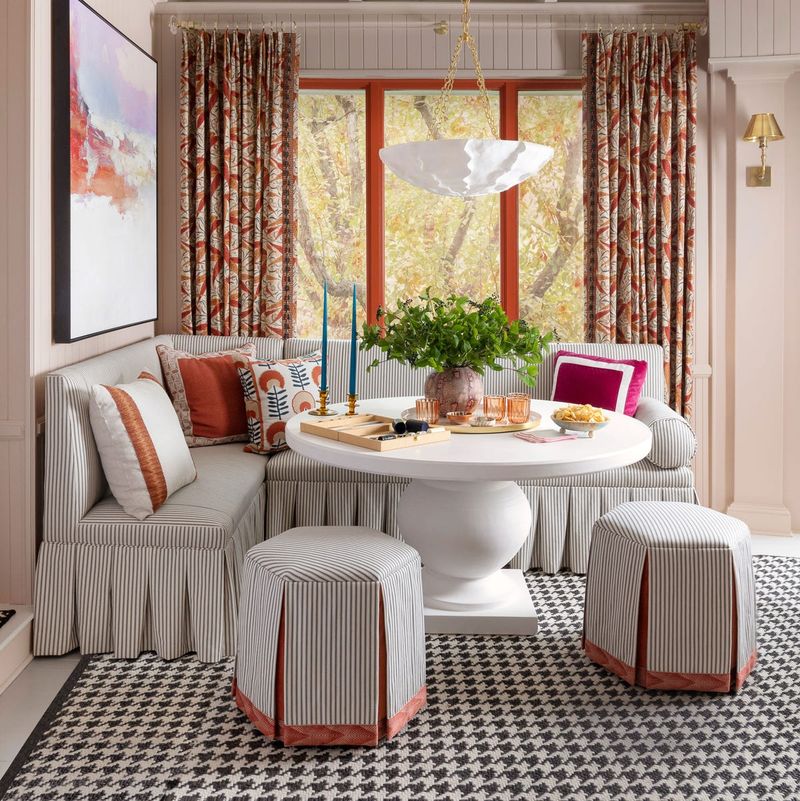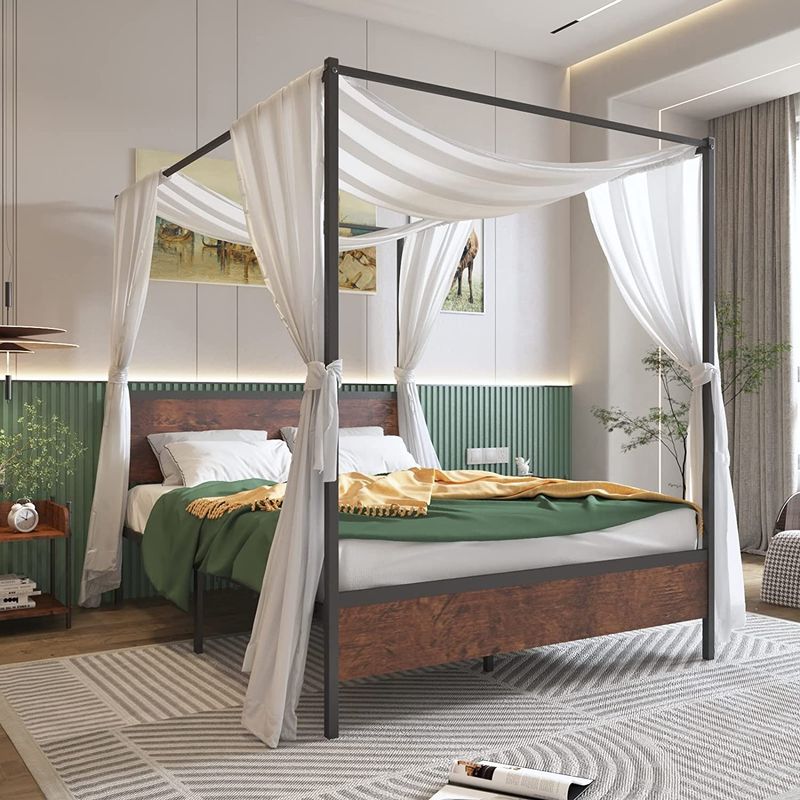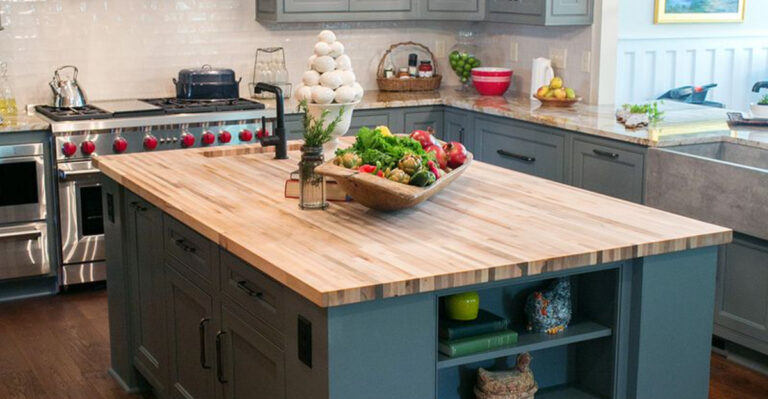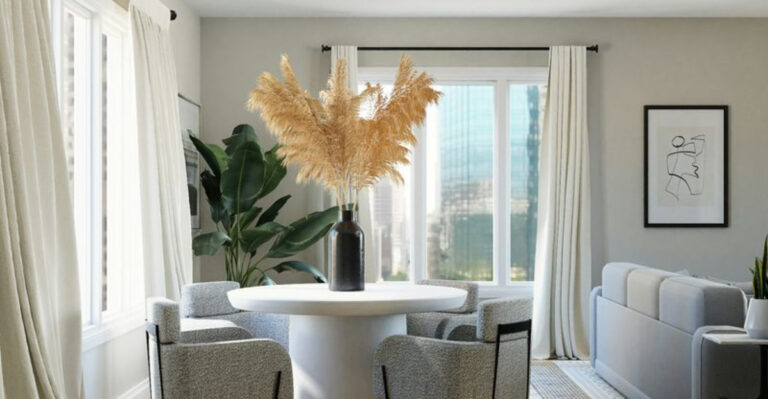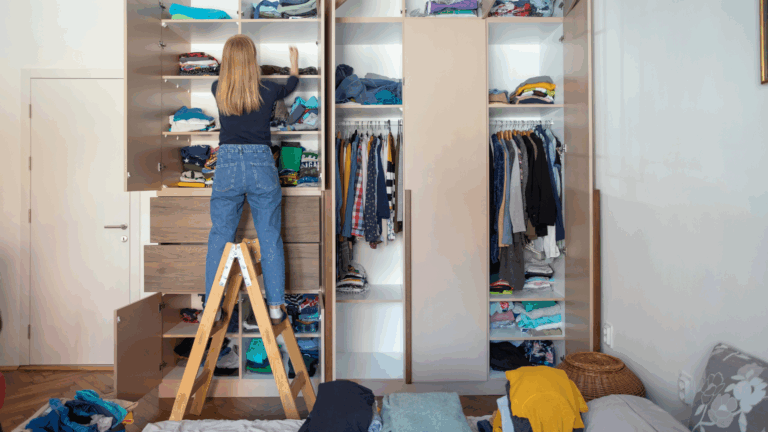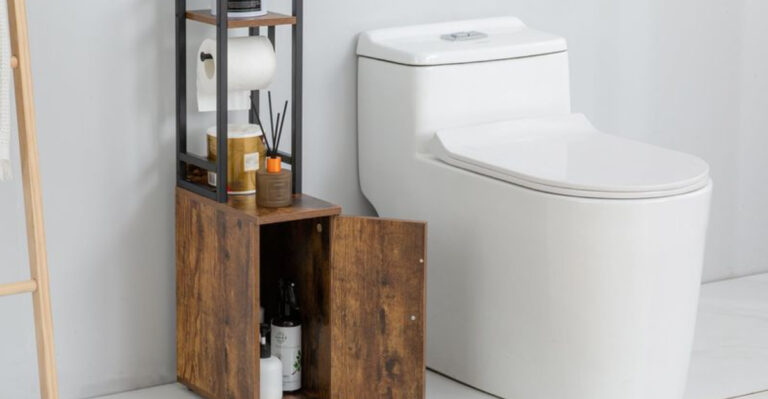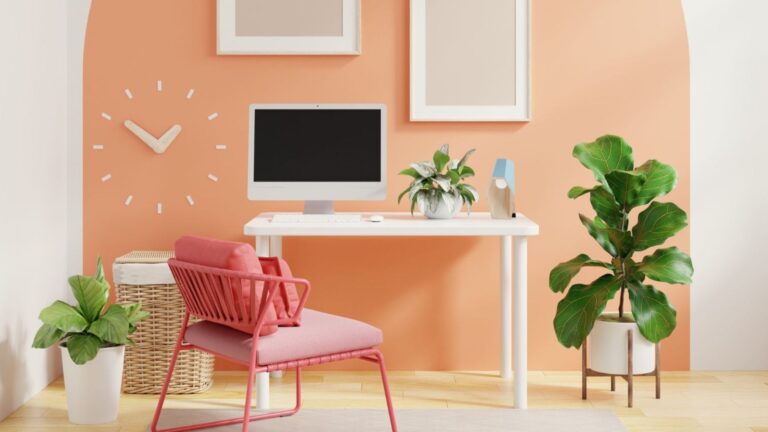19 Vintage Interior Design Trends That Are Making Major Comebacks By The End Of 2025
Remember those interior design elements from your grandparents’ homes that once seemed outdated? Well, guess what – they’re cool again!
As we move through 2025, vintage design elements are surging back into our modern spaces, bringing warmth, character, and nostalgia.
These retro comebacks aren’t just about recreating the past; they’re reimagining classic styles with contemporary twists that feel both fresh and familiar.
1. Floral Wallpaper Explosion
Gone are the days when minimalist walls reigned supreme! Bold, botanical prints reminiscent of the 1970s are blooming across stylish homes everywhere.
Designers are reimagining these patterns with modern color palettes and larger-scale motifs. The key difference this time around? Technology allows for easier application and removal, making this once-permanent commitment far less daunting for homeowners wanting to experiment with vintage vibes.
2. Wood Paneling Reimagined
Would you believe those once-dreaded dark wood panels are making a stylish comeback? The new approach features lighter woods, interesting geometric patterns, and partial-wall applications.
What’s different this time is the sustainability angle – many manufacturers now offer reclaimed wood options or eco-friendly alternatives. When paired with bright spaces and contemporary furniture, these panels add warmth without the cave-like feeling that made previous generations reach for the sledgehammer.
3. Terrazzo Everywhere
Speckled, colorful, and infinitely customizable – terrazzo is dancing its way back from the mid-century into our homes! This composite material, made of chips of marble, quartz, or glass set in concrete, is appearing on countertops, floors, and even furniture.
Eco-conscious homeowners particularly appreciate newer terrazzo options made with recycled materials, making this vintage trend surprisingly aligned with modern sustainability values.
4. Velvet Upholstery Luxe
Feeling is believing when it comes to the sensuous comeback of velvet furniture. This tactile trend from the Victorian era through the 1970s brings instant luxury to any space.
Modern technology has transformed this once high-maintenance fabric into stain-resistant, pet-friendly options. Jewel tones like emerald green and sapphire blue are particularly popular, offering rich color depth that flat fabrics simply can’t match.
5. Conversation Pits Return
Imagine sinking into a cozy, sunken living area surrounded by friends. That’s the magic of conversation pits, those architectural marvels from the 1960s and 70s that encouraged face-to-face interaction.
Unlike their predecessors, today’s versions incorporate tech-friendly features like hidden charging stations and modular components. Homeowners are rediscovering how these intimate spaces naturally draw people together in an age where digital distraction often keeps us apart.
6. Cane and Rattan Revival
Woven wonders are weaving their way back into our hearts! Natural materials like cane and rattan, staples of the Victorian era through the 1970s, bring organic texture and visual interest to modern spaces.
The appeal lies in their sustainability and light visual weight – perfect for smaller spaces where bulky furniture would overwhelm. Their natural tones complement almost any color scheme.
7. Grandmillennial Style Surge
Have you noticed young homeowners embracing their inner octogenarians? The “Grandmillennial” style mixes traditional elements like chintz, needlepoint, and fringe with clean modern lines.
What makes this trend unique is its selective approach to nostalgia – cherry-picking comforting elements from the past while leaving the dusty, cluttered feeling behind. It’s comfort-forward decorating that feels especially relevant after years of stark minimalism and uncertain times.
8. Avocado Green Returns
Ready or not, the most notorious color of the 1970s is staging a comeback – but with crucial updates! Today’s avocado green is softer and more sophisticated than its retro predecessor.
Interior designers are using it as an accent color rather than coating entire kitchens in it. When paired with brass fixtures and natural wood, this once-maligned hue feels surprisingly fresh. The modern approach treats this color as a neutral with character rather than a statement that dominates the room.
9. Postmodern Memphis Revival
Squiggly lines, clashing colors, and playful geometric shapes – the Memphis Design movement of the 1980s is back with a vengeance! This exuberant style feels perfectly aligned with our current need for joy and visual stimulation.
Today’s interpretation tones down the chaos just enough to feel livable. Rather than all-in Memphis rooms, designers incorporate statement pieces against neutral backgrounds.
10. Macramé Beyond Plant Hangers
Knotty by nature, macramé has evolved far beyond the simple plant hangers of the 1970s. Today’s fiber artists are creating sophisticated wall hangings, room dividers, and even lighting fixtures using this ancient knotting technique.
Modern macramé incorporates unexpected materials like leather, metal, and even recycled textiles. Their handmade quality adds warmth to minimal interiors that might otherwise feel cold.
11. Sunken Bathtubs Resurface
Luxury is getting lower as sunken bathtubs – those sybaritic symbols of 1970s opulence – are being reimagined for contemporary bathrooms. These built-in tubs create a spa-like atmosphere that today’s wellness-focused homeowners crave.
Modern versions incorporate therapeutic features like chromotherapy lighting and air jets. The surrounding deck space often includes clever storage solutions and waterproof niches for electronics.
12. Checkered Floors Comeback
Squares are fair game again! Classic checkered floors – a staple from ancient Rome through the 1950s – are stepping back into the spotlight with fresh proportions and unexpected color combinations.
Beyond the traditional black and white, designers are playing with tonal variations and oversized patterns. What makes this revival work is the contrast with modern furnishings – the geometric certainty of checks balances beautifully with organic shapes and materials.
13. Arches and Curved Doorways
Straight lines are taking a backseat as arched doorways and curved architectural elements from the 1920s and 30s make a grand return. These graceful shapes bring a sense of drama and movement to otherwise boxy modern spaces.
Contractors report increasing requests to add these elements to existing homes. This architectural feature instantly elevates ceiling height perception and creates natural frames for views between rooms.
14. Stained Glass Accents
Rainbows of light are dancing across modern interiors thanks to the revival of stained glass elements from the Victorian and Art Deco eras.
The appeal lies in how these pieces transform with changing daylight, creating dynamic living environments. Modern techniques have made custom pieces more accessible than ever before.
15. Freestanding Kitchen Furniture
Kitchen design is breaking free from wall-to-wall cabinetry as vintage-inspired freestanding pieces make their way back into culinary spaces. Hutches, kitchen dressers, and movable islands reference a time before built-in kitchens became standard.
This approach allows for more personalization and easier updates as tastes change. The unfitted look creates a collected-over-time aesthetic that feels more personal and less clinical than matching cabinet sets.
16. Decorative Ceiling Medallions
Eyes are looking upward as ornate ceiling medallions from Victorian and Beaux-Arts periods regain popularity. These architectural elements frame lighting fixtures and add architectural interest to otherwise plain ceilings.
Even minimal spaces benefit from this touch of classical detailing that draws the eye upward and expands the perceived space.
17. Vintage Appliance Aesthetics
Sleek stainless is sharing the spotlight with colorful, retro-inspired appliances that recall the cheerful kitchens of the 1950s. Manufacturers are combining vintage aesthetics with cutting-edge technology to create statement pieces for the heart of the home.
Rounded edges, chrome accents, and bold colors characterize this trend. What makes these pieces different from actual vintage appliances is their energy efficiency and smart features.
18. Skirted Furniture Returns
Hiding legs is suddenly chic again as skirted furniture – popular from the Victorian era through the 1980s – swishes back into designer showrooms. These fabric skirts add softness and formality to living spaces dominated by exposed-leg furniture.
The practical benefits remain the same – these skirts conceal storage beneath sofas and tables while adding textile interest. For rooms that feel too angular, a skirted piece provides welcome textural balance.
19. Statement Canopy Beds
Sleeping like royalty is back in fashion as canopy beds – fixtures in bedrooms from medieval times through the Victorian era – make a dramatic return. Today’s versions feature clean lines and often use metal rather than heavy carved wood.
These architectural beds create instant focal points and a sense of luxury without requiring opulent surroundings. The vertical emphasis makes these beds particularly effective in rooms with high ceilings.

